Optimal Timing for Waterproofing Projects
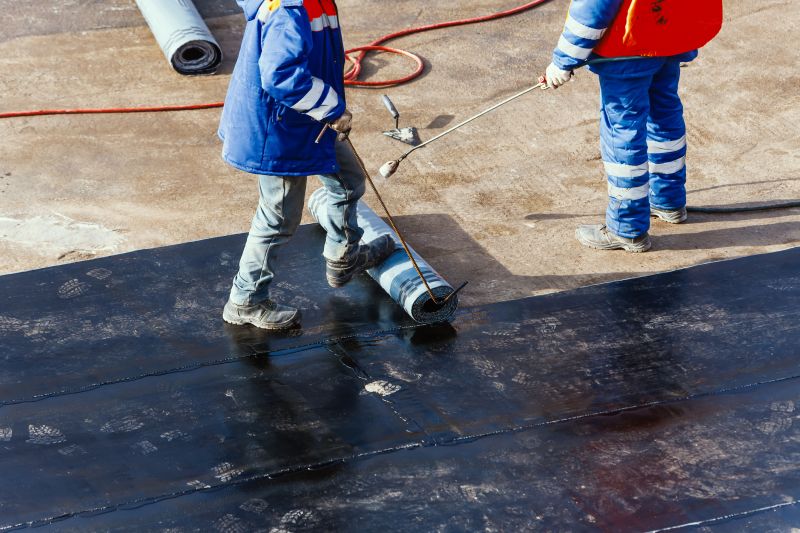
Applying waterproofing during dry weather ensures better adhesion and curing of materials.
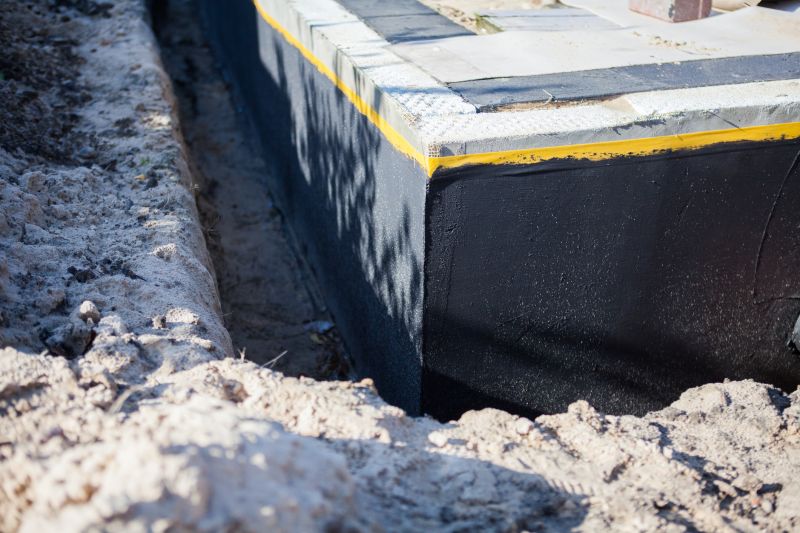
Waterproofing is most effective when done before or during initial construction stages to prevent water intrusion.
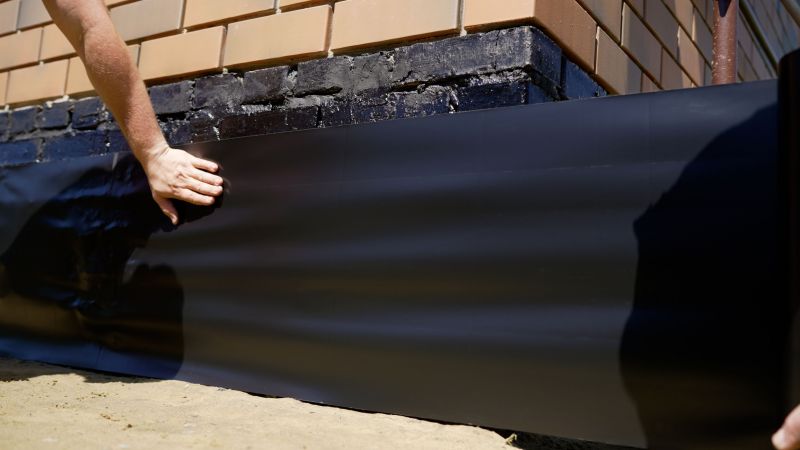
Following periods of heavy rain, waterproofing can address existing vulnerabilities caused by water exposure.
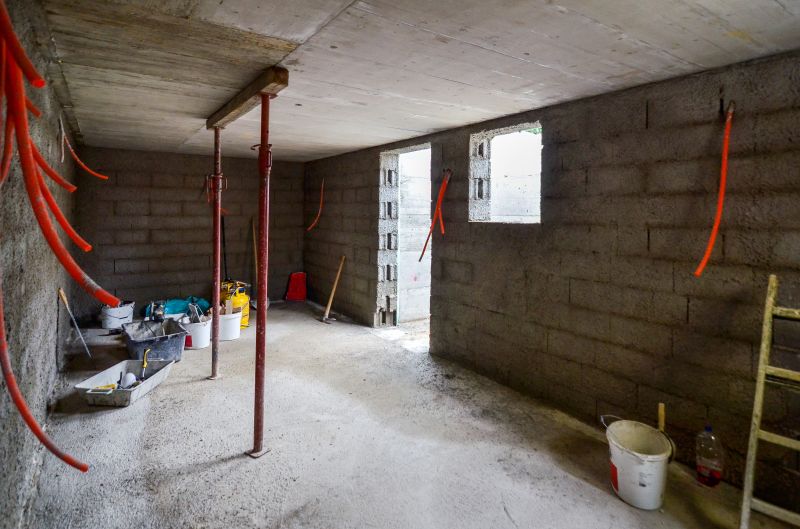
Ways to make Waterproofings work in tight or awkward layouts.
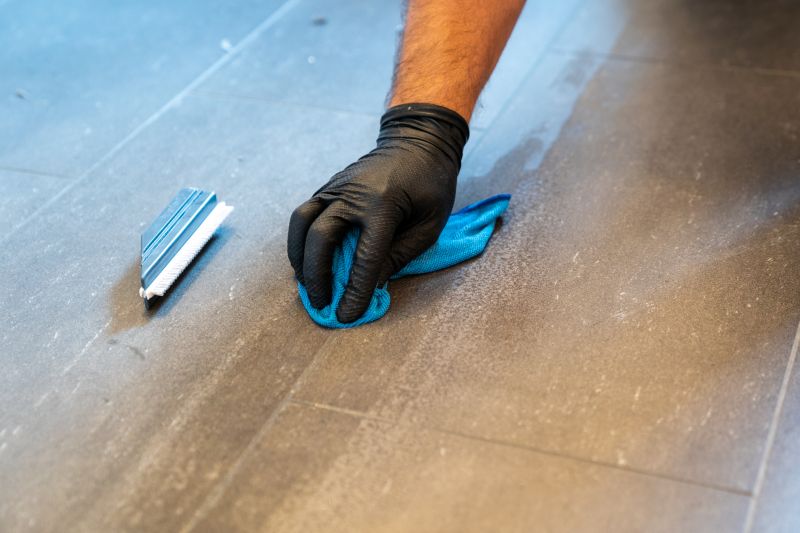
Popular materials for Waterproofings and why they hold up over time.

Simple add-ons that improve Waterproofings without blowing the budget.
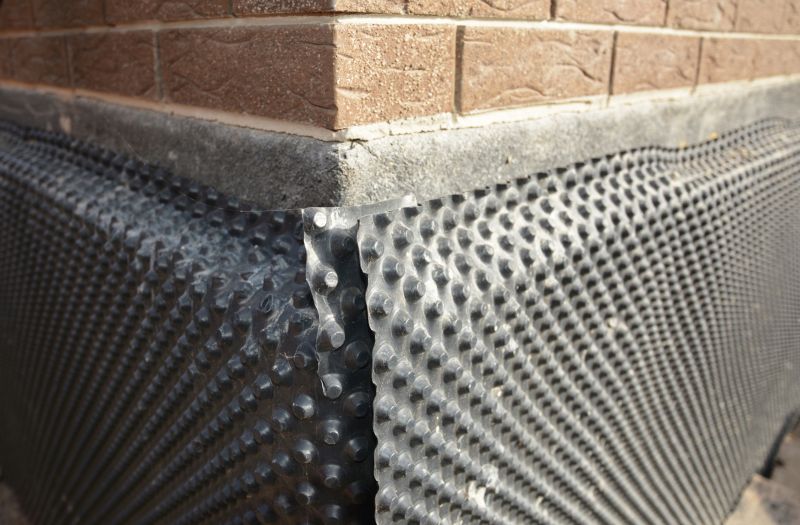
High-end options that actually feel worth it for Waterproofings.
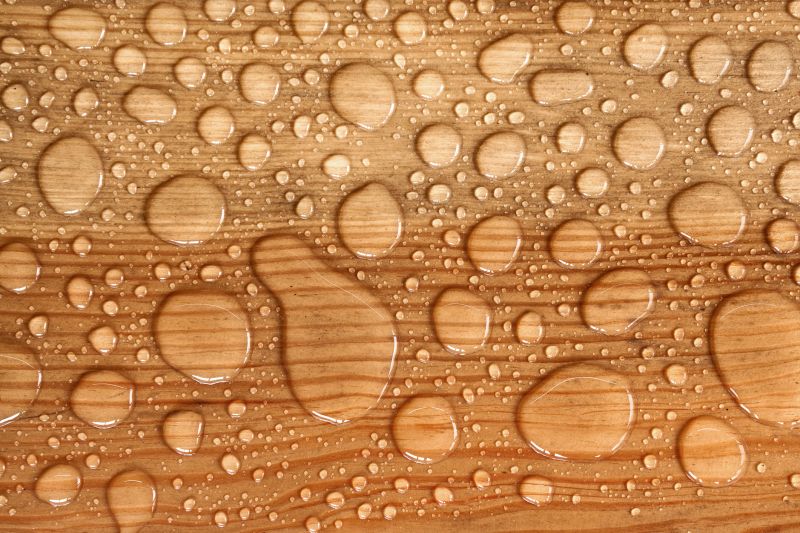
Finishes and colors that play nicely with Waterproofings.
Waterproofing is a critical component in building maintenance and construction, providing a barrier against water intrusion that can cause structural damage, mold growth, and interior damage. Proper waterproofing extends the lifespan of structures and reduces long-term repair costs. Statistics indicate that buildings with effective waterproofing experience significantly fewer issues related to water damage, with some studies showing a reduction of up to 80% in related repairs.
Timing waterproofing projects during favorable weather conditions enhances durability and effectiveness.
Spring and early summer are ideal for waterproofing due to stable weather and moderate temperatures.
Regions with frequent rainfall should prioritize waterproofing before the rainy season begins.
Applying waterproofing before winter prevents water infiltration during freezing temperatures.
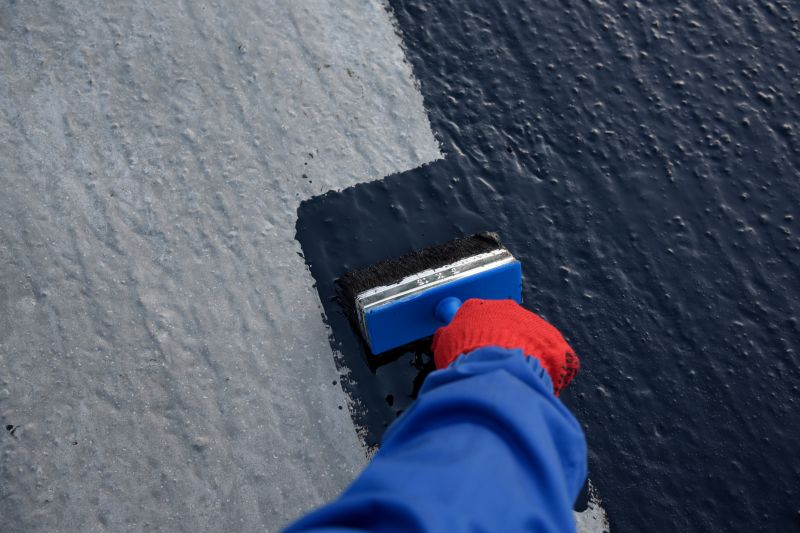
Proper application techniques are vital for long-lasting waterproofing.

Different materials are suited for various surfaces and conditions.
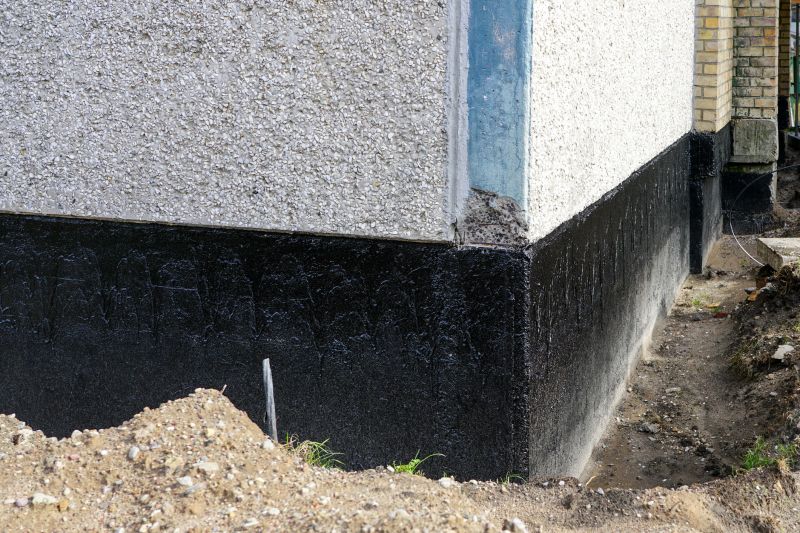
High-quality coatings provide an effective water barrier for roofs and foundations.
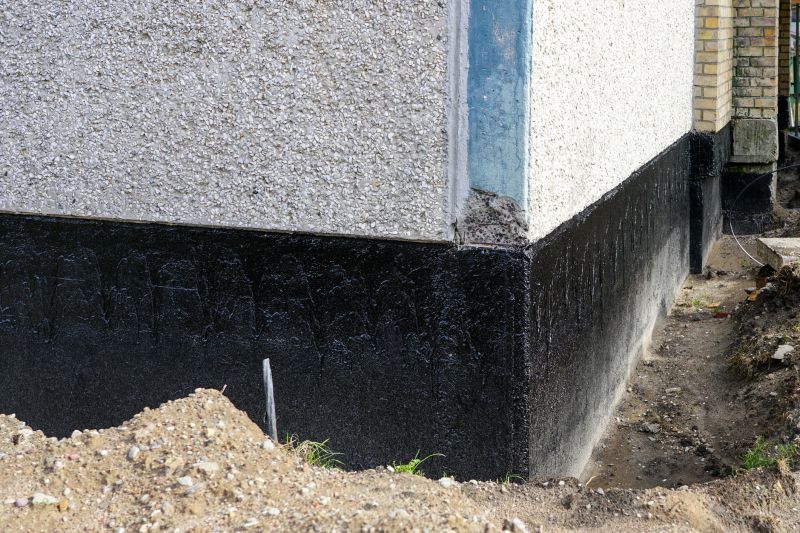
Regular inspections ensure waterproofing remains effective over time.

Little measurements that prevent headaches on Waterproofings day.
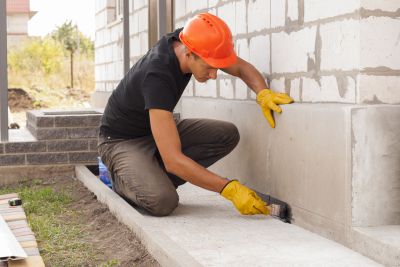
A 60-second routine that keeps Waterproofings looking new.

A frequent mistake in Waterproofings and how to dodge it.
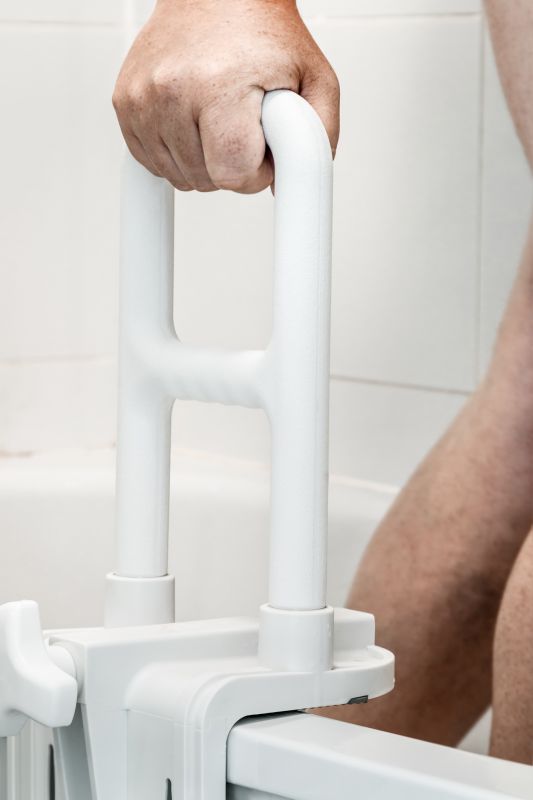
Small tweaks to make Waterproofings safer and easier to use.
| Optimal Waterproofing Time | Recommended Conditions |
|---|---|
| Spring | Moderate temperatures and low humidity |
| Early Summer | Dry weather with minimal rainfall |
| Pre-Winter | Dry period before freezing temperatures |
| Post-Rainy Season | After heavy rains to address vulnerabilities |
| Construction Phase | During initial building stages for best results |
Choosing the right time for waterproofing depends on local climate, weather patterns, and project requirements. Conducting waterproofing during periods of stable, dry weather ensures materials cure properly and adhere effectively. Proper timing minimizes the risk of water infiltration, which can lead to costly repairs and structural issues. Regularly scheduled waterproofing inspections and maintenance are recommended to sustain the integrity of waterproof barriers.
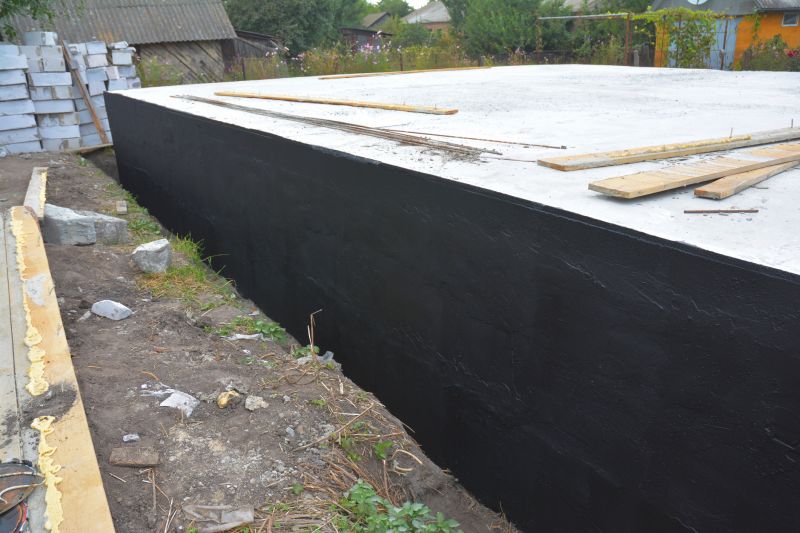
Applying waterproofing during construction prevents water from seeping into foundations.

Best done during dry seasons to ensure optimal adhesion and curing.
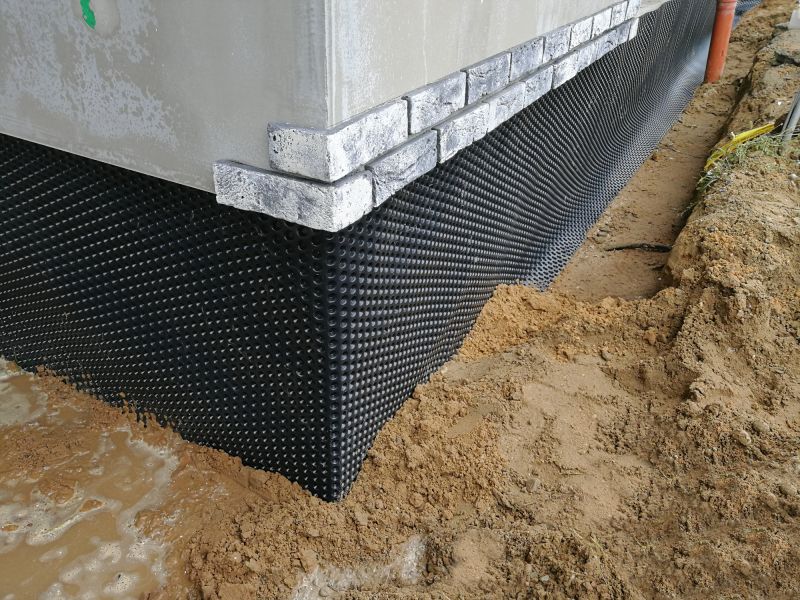
Effective when performed before water issues become severe.
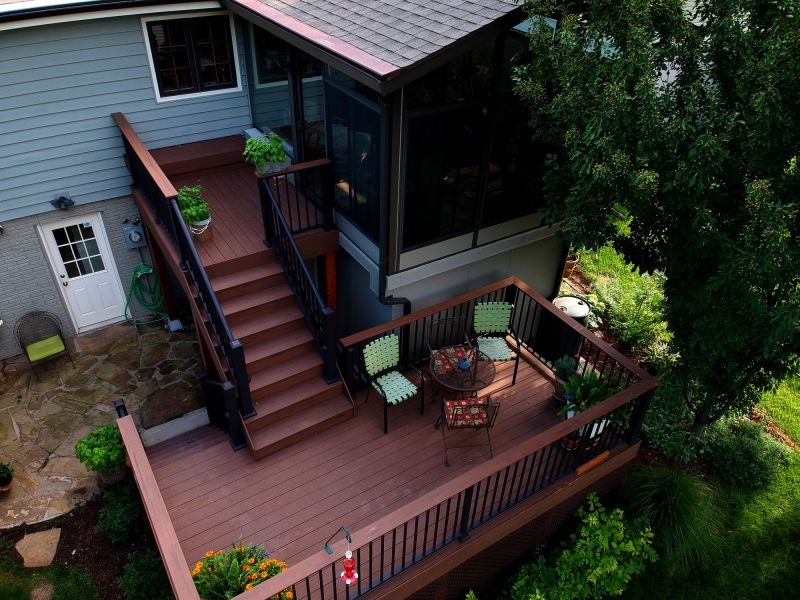
Timing is crucial to prevent water damage from weather exposure.

Lower-waste or water-saving choices for Waterproofings.

The short, realistic tool list for quality Waterproofings.
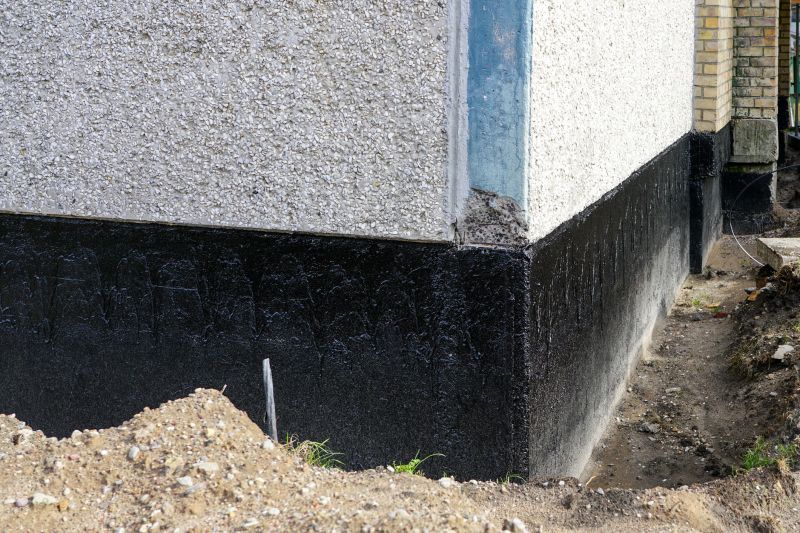
Rough timing from prep to clean-up for Waterproofings.

Quick checks and paperwork to keep after Waterproofings.
Understanding the optimal timing for waterproofing projects can significantly impact their longevity and effectiveness. Weather conditions such as temperature, humidity, and recent rainfall are key factors influencing the success of waterproofing applications. Planning projects accordingly can help ensure that waterproofing materials set properly and provide lasting protection against water intrusion.
Assess local weather patterns to determine the best waterproofing schedule.
Track forecast conditions to avoid applying waterproofing during rain or extreme heat.
Regular inspections before and after seasons of heavy rainfall are recommended.
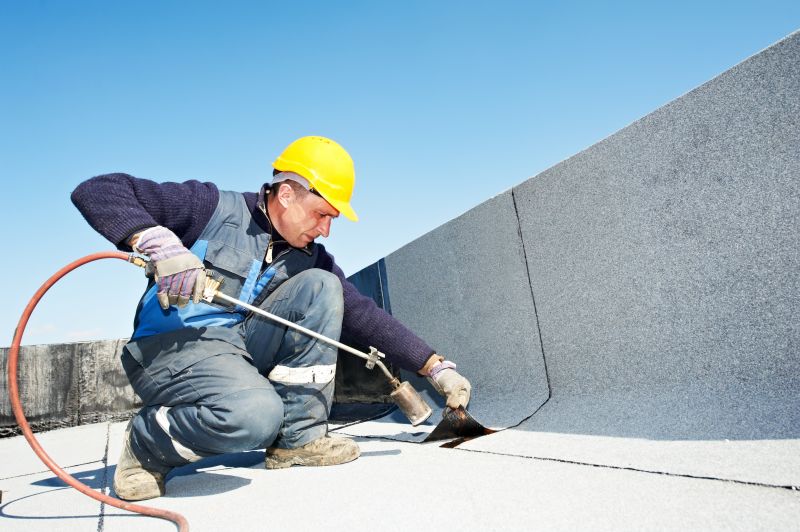
Proper application during optimal conditions ensures durability.
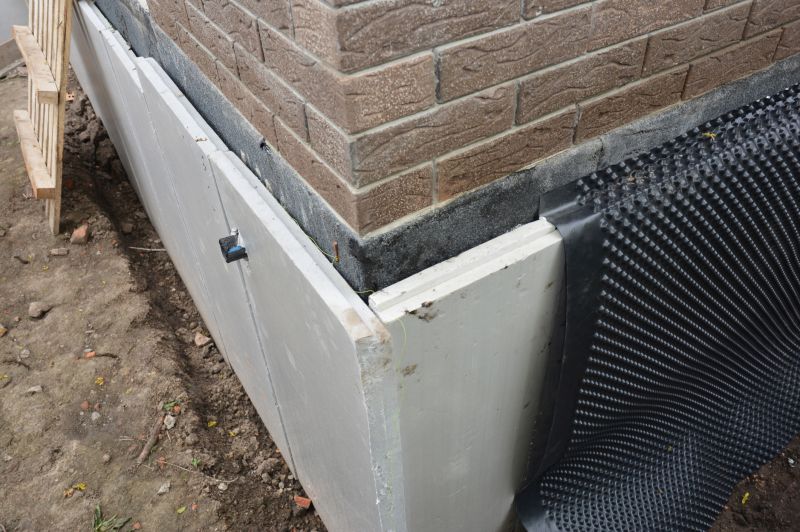
Preparation for seasonal changes prolongs waterproofing effectiveness.
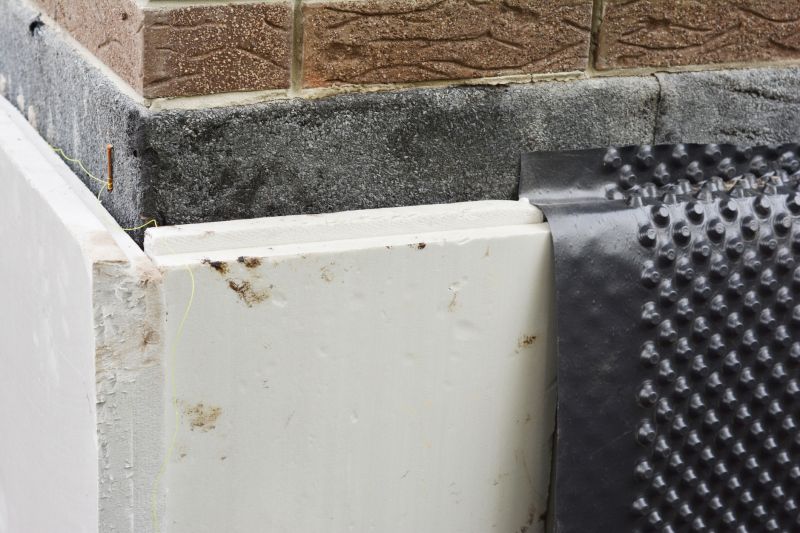
Timing waterproofing to coincide with construction phases enhances building integrity.

Regular visual and technical inspections maintain waterproofing performance.

Examples that show the impact a good Waterproofings can make.

Ways to make Waterproofings work in tight or awkward layouts.

Ways to make Waterproofings work in tight or awkward layouts.

Ways to make Waterproofings work in tight or awkward layouts.
Effective waterproofing depends heavily on selecting appropriate timing and conditions for application. Proper planning and adherence to weather forecasts help maximize the lifespan of waterproof barriers. Regular maintenance and inspections are essential to address any emerging vulnerabilities and ensure ongoing protection against water damage.
Interested in waterproofing services? Filling out the contact form can provide more information and help schedule assessments tailored to specific project needs.


